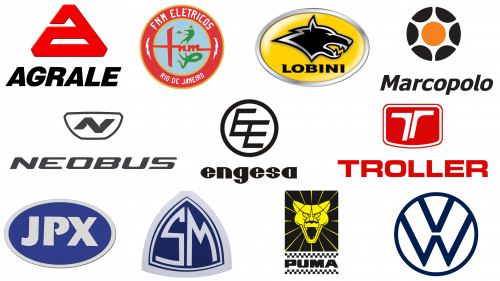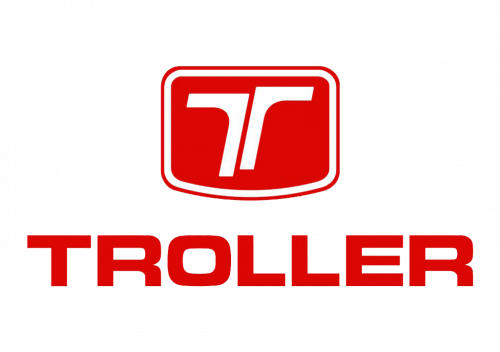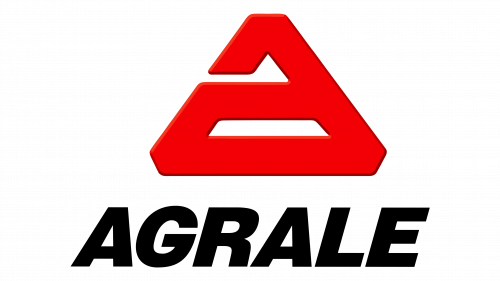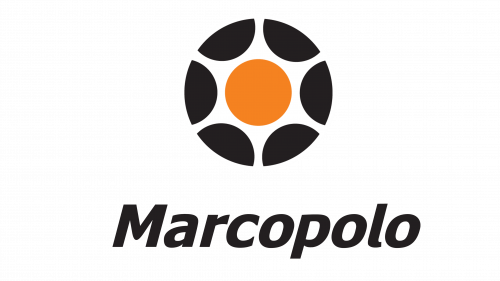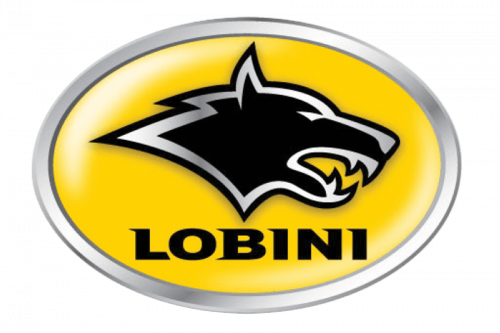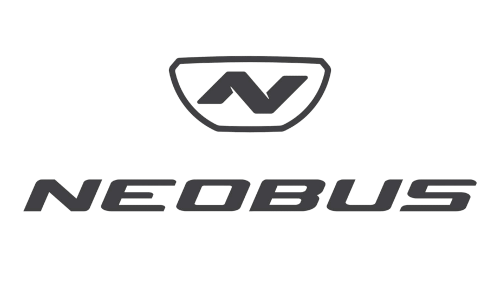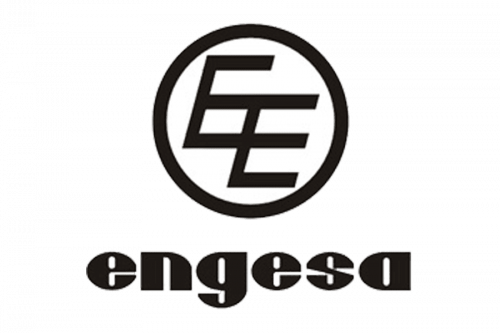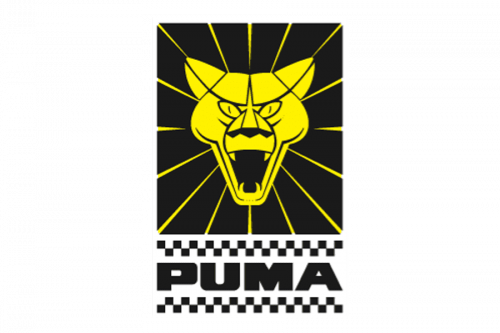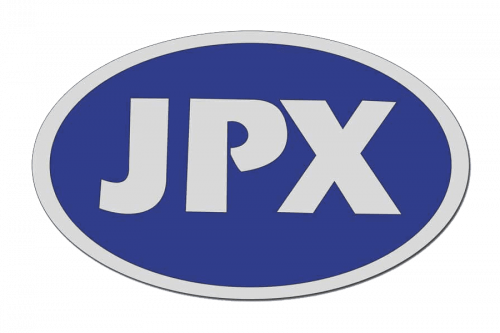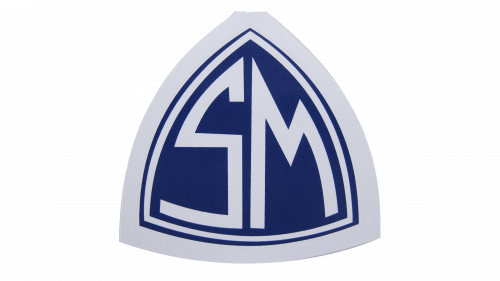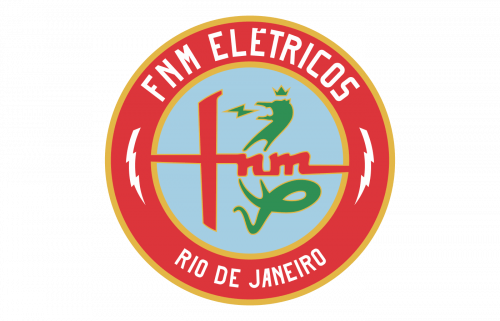Brazil is a home to several car manufacturers of regional importance. Besides some native brands of average significance and subsidiaries of big international brands, the country isn’t too big on automotive companies. Still, there are a handful of prominent names.
Troller
Troller is a Brazilian carmaker, established in 1995. The bulk of their production consists of crossovers and all-terrain vehicles, including some off-road pickup trucks. In total, they’ve created 4 functioning models, as of 2021. Their logo depicts a red square with rounded corners. Inside of it, they’ve placed a white letter ‘T’, except its sliced lengthwise into two parts. The other usual bit is the company’s name, written in bold, capital letters and colored red.
Agrale
Agrale is a vehicle manufacturer from Southern Brazil. The company was founded in 1962 to manufacture farming vehicles. That included tractors, initially. Later, they diversified into trucks, buses and even motorcycles. The current logo is a red triangular shape. It’s made of several lines, which ultimately make it look like a lowercase ‘a’. But in fact, it’s just a triangle with two bits of blank space inside and a line leading from one of them to the left and outside.
Marcopolo
Marcopolo is a vehicle manufacturer from Southern Brazil, founded in 1949. Their products are largely just buses, trolleybuses and coaches. It’s a big company, which is why most buses in Brazil are made by them. Their emblem is a flowery ornament with an orange circle in the middle and an array of black circles around it. This emblem is cropped into a round shape, which means these surrounding circles are also cropped in half. The space between the orange and black bits is filled with white. The name is written in black sans-serif letters with a noticeable tilt.
Lobini
Lobini is a car brand from Brazil, founded in 1999. They are known largely for producing a single sports car model, the H1. It’s a powerful car made with parts from other brands, but they made it in very small quantities. The Lobini logo displays a yellow oval with a wolf’s head inside. They gave it a malicious grin, colored much of it black and gave it a silvery outline. Below it, there’s also the company’s name, made from the usual sans-serif letters with just some trail effects stretching left from the tips.
Neobus
Neobus is a Brazilian vehicle manufacturer, founded in 1996. They develop and make buses, most of which are based off vehicles from other brands, such as Mercedes and Agrale (a local vehicle maker). It’s fully owned by a bigger bus manufacturer in the country, Marcopolo. Neobus doesn’t have any emblem save for their name wordmark. It’s written in bold, capital letters that were stretched sideways a lot. The color is usually blue, but it can change obviously.
Engesa
Engesa was a vehicle manufacturer from Brazil, active between 1963 and 1993. They made a variety of different vehicles, but the largest category was by far military vehicles. They made tanks, armored cars, carriers and other sorts of vehicle for Brazilian military and exports. Besides that, there were also some farming vehicles and passenger cars. Their logo consisted of two big ‘E’ letters fused into one another so that the bottom two lines on one of them are extended into two top lines of the other. This composition is then encircled with a ring, and that’s it.
Puma
Puma is a car marque, originally founded in Brazil in 1963. The production moved to South Africa in 2007, but the general idea of the company remained the same. They produce and continue producing small high-performance cars, as well as some light trucks. Their logo depicts a black rectangular shape with a yellow head of a puma in the middle. It’s depicted looking back into the onlooker and with an aggressive, screaming expression. Thin yellow rays emanated from the image. The wordmark consists of big black letters with checkered lines above and below.
JPX
JPX was a Brazilian car manufacturer, active between 1992 and 2002. In this time, they produced one unique model – a JPX Montez. It’s an off-road pickup truck that went in several variations, including military versions. Their logo is a blue oval with a grey frame around it. The central piece is an acronym ‘JPX’, written in the same sort of grey. The font looks like a typical sans-serif, except all the letters are obviously uppercase and there’s a small cut where two bits of ‘P’ meet in its middle.
Santa Matilde
Santa Matilde is the most famous product of the Brazilian Santa Matilde engineering company. It was built between 1978 and 1977 as a small sports car. It was mostly a unique model, except the engine was borrowed from Chevrolet in these. The badge they used was an arrowhead shape (a triangle with a curved bottom). Inside, they used to put letter ‘S’ & ‘M’, but not in the normal typographic fonts. The forms were abrupt in these letters, and their tops were warped inward near the peak.
FNM
Fabrica Nacional de Motores was a Brazilian vehicle manufacturer between 1942 and 1988. Besides aircraft engines and other products, they built light & medium trucks, as well as some compact vehicles. Until 1973, the company was owned by Alfa Romeo, which also meant they had to build Alfa Romeo vehicles. It’s because of this fact, actually, that they received their logo back then. Their logo is a blue circle with a yellow frame that extends into a big letter ‘f’ on the emblem’s left side. It’s then extended further right, where it forms the letter ‘n’ & ‘m’ (in lowercase). Above and below these last letters are the bits of a green serpent.
Volkswagen Gol
Volkswagen Gol was a Volkwagen-designed Brazilian car, produced since 1980. This car is unique to this country and to the South American market. It’s designed as an affordable, compact car with basic structure and comforts. As a badge, the cars use the same Volkswagen logo as most Volkswagen vehicles at the time. It depicts the letter ‘V’ and ‘W’ stacked one over the other. Both are then encircled by a ring adjacent to both letters. These elements are usually metal on the badges.


